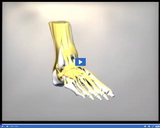
Ligaments are tough, band-like tissues that attach bones to each other.
- Subject:
- Science
- Provider:
- Utah Education Network
- Author:
- Visual Learning Company
- Date Added:
- 02/28/2010

Ligaments are tough, band-like tissues that attach bones to each other.
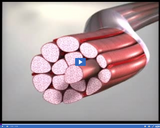
Each muscle fiber in the body is a single, cylinder shaped cell.

Red marrow is extremely important in producing red blood cells.

The skeletal system, made up of bones and the materials that connect them, is the body's framework.

Depicts bones in the skull, which are attached to one another by immovable joints.
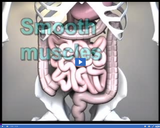
Smooth muscles are involuntary muscles. They can contract without us thinking about it. The bladder and intestines contain smooth muscle.

The knobs at the end of many bones are made of spongy bone, which contain many spaces.
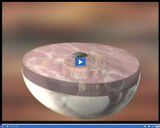
Animal cells contain many organelles, including the nucleus, which is the control center of the cell. Animal cells also possess a cell membrane, which allows certain materials to flow in and out of the cell.

The splitting of a parent cell into two new cells is called cell division.
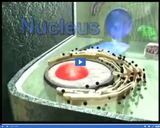
The nucleus acts as the cell's brain or control center, regulating cellular activity.
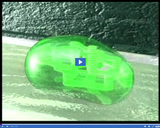
Chloroplasts are the places in plant cells where photosynthesis occurs. Chloroplasts contain chlorophyll.
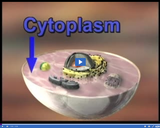
The cytoplasm contains large amounts of water, as well as chemicals and structures that help carry out the life processes of the cell.
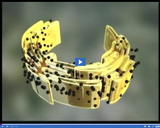
The endoplasmic reticulum transports materials throughout the cell. Attached to the endoplasmic reticulum are ribosomes, which direct the production of proteins.
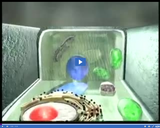
The golgi apparatus transports materials throughout and out of the cell.

Lysosomes contain enzymes that break down food particles. They also digest old parts of the cell when they lose their effectiveness.
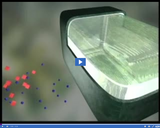
Food and water move through the cell membrane into the animal cell, while waste products cross the cell membrane to exit the cell.
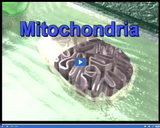
Organelles called mitochondria are largely responsible for carrying out respiration in cells.

Organelles are the structures within cells that break down food, move water, and store nutrients.

Plant cells possess a cell membrane, which is located inside the cell wall. It allows certain materials to flow in and out of the cell.

Plant cells are surrounded by a relatively rigid cell wall, which is made of cellulose.